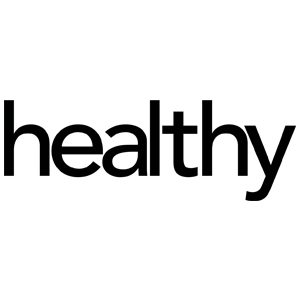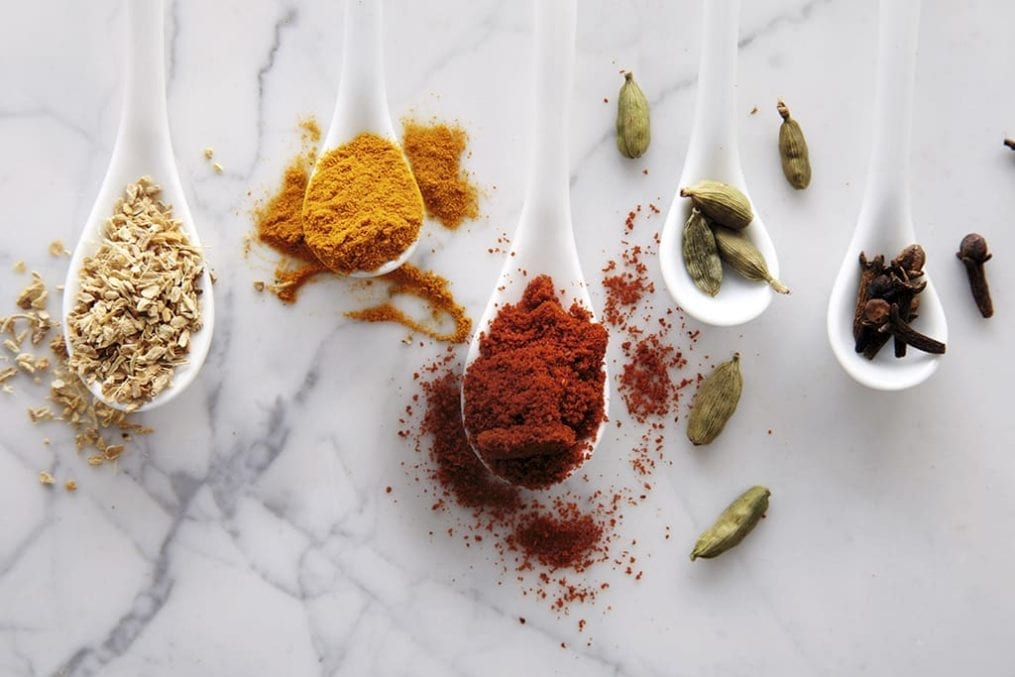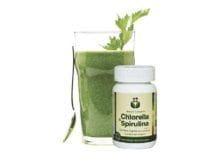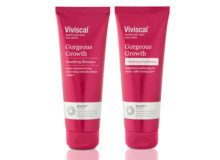Too much sugar or fat? 7 signs you’re off-balance
Right, so let’s get this straight: fat is no longer public enemy number one. Well not the ‘good’ sorts anyway: glamorous supermodels like Miranda Kerr are telling us they eat coconut oil and nut butters by the spoon. But hold up, before you revel in your sugar-free smugness, scoffing a whole bag of almonds instead of that sugar-packed ‘diet’ cereal bar isn’t a good option either.
Amidst all this conflicting advice it’s no surprise most of us aren’t getting the balance right. Studies show we’re cutting sugar but inadvertently upping fat, or losing the fat only to include too much sugar, in the quest to lose the pounds. Here’s how to notice the signs and get the balance right.
1. You’re confused (just like the rest of us)
Baffled by the constant barrage of conflicting diet advice? You’re not alone. Between all those traffic light labels and nutritional guidelines, we’re more confused than ever about our food choices. One effect of this is that we’re getting the balance between fat and sugar wrong. ‘People find it hard to cut down fat and sugar at the same time as they provide taste and texture and enhance the pleasure of eating,’ says nutritionist Sigrid Gibson. Find out if you’re stuck on this sugar-fat seesaw and how to regain a healthy balance – it can be done!
2. You always avoid fatty nuts and snack on dried fruit
That’s a sure sign of being on the ‘sugar’ end. Remember, if every snack is fruit or sugar-based, your blood sugar levels go haywire. ‘Fat has been demonised, but you only need to worry about fat when it’s saturated and comes with sugar attached,’ says nutritional therapist Deborah Colson. ‘Anything high in fat and sugar – like cakes and ice cream – isn’t a healthy choice. But food that has fat, and very little or no sugar is fine. You need fat in your diet to help you absorb vitamins A, D, E and K, and it’s important for our cell membranes, brains, hair and skin.’ See? Fat can be functional.
3. You always choose low-fat yoghurts and desserts
Another warning ‘sugar’ sign! If you make a beeline for foods labelled ‘low fat’, you might want to stop. ‘When the fat is removed, often the taste and texture goes with it. To make up for this, food manufacturers substitute the fat with ingredients such as sugar, thickeners, sweeteners and salt,’ says nutritional therapist Naomi Mead. ‘The fat content may be lower, but nutritionally the product may be unhealthier than the full-fat version. It may also be higher calorie.’
Click here for simple ways to beat your junk food cravings
4. Your typical breakfast is low-fat cereal with skimmed milk
Filled with the best of intentions, it’s easy to think you’re having a healthy breakfast when your bowl contains only 1.5g saturated fat – but don’t be fooled. So-called ‘low-fat’ breakfast cereal can have 5g sugar in a 30g bowl – you’d need to double that when you add milk – and most of us pour ourselves 50g. The same goes for ‘low-fat’ biscuits, sauces and desserts. Scary stuff!
5. You’ve given up sweets and chocolate and always snack on nuts and seeds
Good work on ditching the sugar, but be careful not to tip the balance – you might find yourself on the ‘fat’ end of the seesaw! ‘Nuts are a great snack, but ideally you’d eat some fresh fruit with them,’ says Colson. ‘You get a broader range of nutrients and it’s more filling. An apple and some almonds gives you fluid from the apple, fibre, a little bit of carbohydrate plus all the good fats.’ Got it!
6. You eat meat or oily fish with most main meals
Possible ‘fat’ hazard here. Experts agree that fat is crucial in a healthy diet, but there are certain rules when it comes to oily fish and meat. ‘Too much of any food can contribute to weight gain,’ says Mead. ‘Oily fish is rich in “good” omega-3 fats, protein, vitamins A and D and other key nutrients and should be enjoyed regularly. And meat is rich in iron, zinc and B vitamins, but it’s also rich in saturated fats, which should be eaten in moderation. Choose organic and for red meat opt for grass-fed, which has a better nutrient profile and is higher in omega-3 fats.’ The old adage applies: everything in moderation.
7. You fill up your trolley with ‘low-sugar’ products
Watch out for these products, where sugar is replaced with artificial sweeteners. ‘Your body won’t know the difference between sugar and a sugar substitute so it will react in the same way,’ says Colson. ‘So rather than eating foods labelled low sugar, I’d recommend trying to eat less sweet foods so your taste buds become accustomed to eating food which is less sickly.’
Remember: Trying to stop eating sugar altogether is an impossible task. ‘We need some sugar in our diet to make food palatable,’ says Gibson. ‘But we should only be getting 10 per cent of our energy from sugars – and 35 per cent from fat.’ A healthy balance for a happy mind – just limit processed food and you should be all good.












